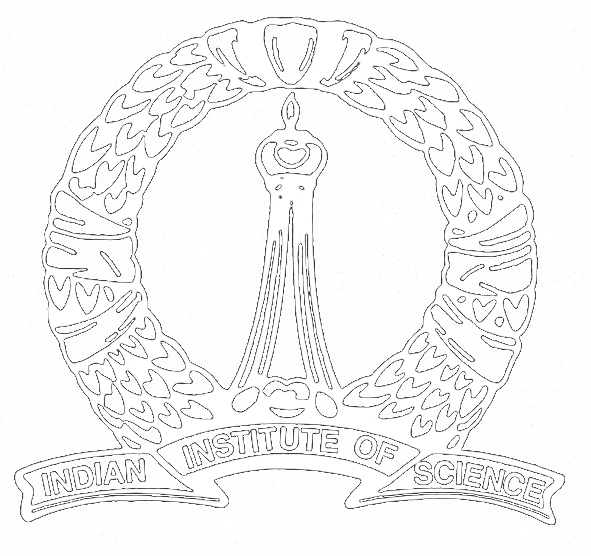PhD Thesis defence
Title: Phase Transition, Percolation at Criticality, Poisson convergence of isolated vertices and Connectivity in Random Connection Models
Speaker: Sanjoy Kumar Jhawar (IISc Mathematics)
Date: 14 January 2020
Time: 11 am
Venue: LH-1, Mathematics Department
This work has two parts. The first part contains the study of phase transition and percolation at criticality for three random graph models on the plane, viz., the homogeneous and inhomogeneous enhanced random connection models (RCM) and the Poisson stick model. These models are built on a homogeneous Poisson point process $\mathcal{P}_{\lambda}$ in $\mathbb{R}^2$ of intensity $\lambda$. In the homogeneous RCM, the vertices at $x,y$ are connected with probability $g(\mid x-y\mid)$, independent of everything else, where $g:[0,\infty) \to [0,1]$ and $\mid \cdot \mid$ is the Euclidean norm. In the inhomogeneous version of the model, points of $\mathcal{P}_{\lambda}$ is endowed with weights that are non-negative independent random variables $W$, where $P(W>w)=w^{-\beta}1_{w\geq 1}$, $\beta>0$. Vertices located at $x,y$ with weights $W_x,W_y$ are connected with probability
\begin{equation} \left(1 - \exp\left( - \frac{\eta W_xW_y}{|x-y|^{\alpha}} \right)\right) \end{equation}
for some $\eta, \alpha > 0$, independent of all else. The edges of the graph are viewed as straight line segments starting and ending at points of $\mathcal{P}_{\lambda}$. A path in the graph is a continuous curve that is a subset of the collection of all these line segments. The Poisson stick model consists of line segments of independent random lengths and orientation with the midpoint of each line located at a distinct point of $\mathcal{P}_{\lambda}$. Intersecting lines then form a path in the graph. A graph is said to percolate if there is an infinite connected component or path. The conditions for the existence of a phase transition has been derived. Under some additional conditions it has been shown that there is no percolation at criticality.
In the second part we consider an inhomogeneous random connection model on a $d$ -dimensional unit torus $S$, with the vertex set being the homogeneous Poisson point process $\mathcal{P}_s$ of intensity $s>0$. The vertices are equipped with i.i.d. weights $W$ and the connection function as above. Under the suitable choice of scaling $r_s$ it can be shown that the number of isolated vertices converges to a Poisson random variable as $s \to \infty$. We also derive a sufficient condition on the graph to be connected.
- All seminars.
- Seminars for 2020
